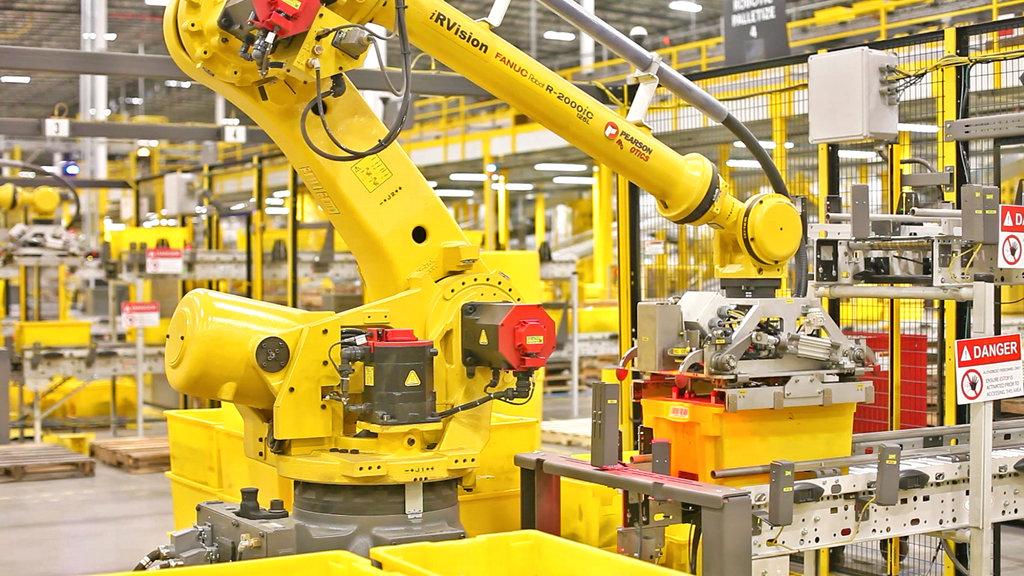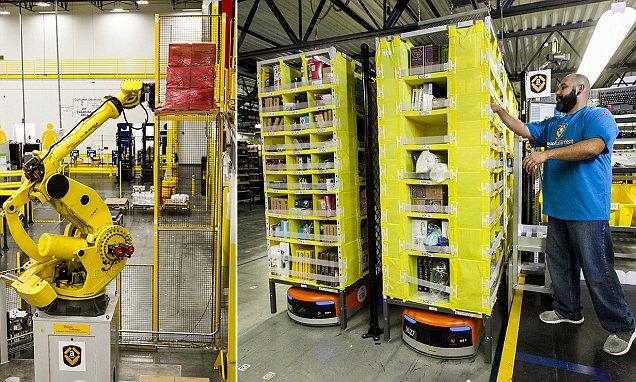Amazon founder Jeff Bezos predicted that within a decade, robotic systems will be advanced enough to grasp items with the dexterity of a human. Just three years ago, Amazon unveiled the Proteus, billed as its “first fully autonomous mobile robot.” It’s essentially a Roomba that can scoot under large containers full of packages like a forklift, lift the goods, and carry them to their destination like a human worker might.
The tech giant also unveiled a robot on Thursday that’s capable of identifying individual items that vary in shape, size, and texture. Sparrow can also pick these up with the suction cups attached to its surface and place them into separate plastic crates. Sparrow is Amazon’s first self-driving robot, and it has the potential to eliminate a significant number of the company’s warehouse workers.

“Working with our employees, Sparrow will take on repetitive tasks, enabling our employees to focus their time and energy on other things while also advancing safety,” the company said in a post announcing Sparrow on its site. “At the same time, Sparrow will help us drive efficiency by automating a critical part of our fulfillment process so we can continue to deliver for customers.”
It’s not entirely clear how quickly Sparrow will be integrated into Amazon’s warehouses. According to Bloomberg, many of the company’s products are stored on mesh shelves, which are incompatible with robotic arms like Sparrow.

A spokesperson for Amazon told Insider, “Sparrow is the first robotic system in our warehouses that can detect, select, and handle individual products in our inventory.” In our current research and development efforts, we are working with Sparrow to consolidate inventory before it is packaged for customers, but the possible applications of this technology in our operations are much broader.


